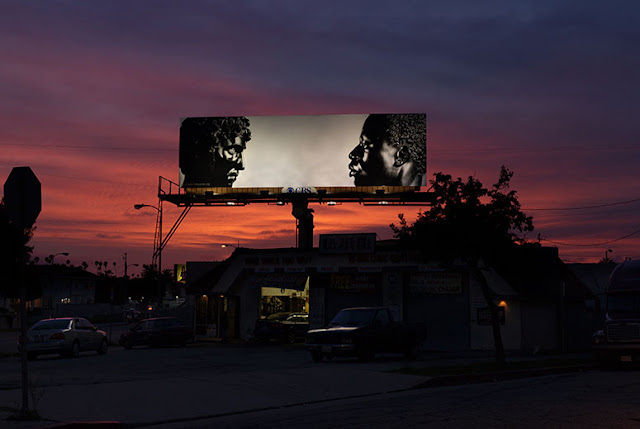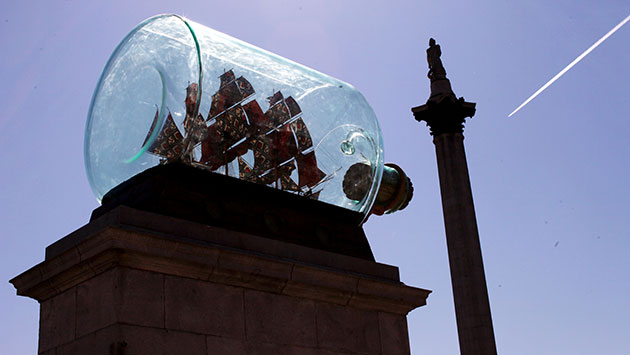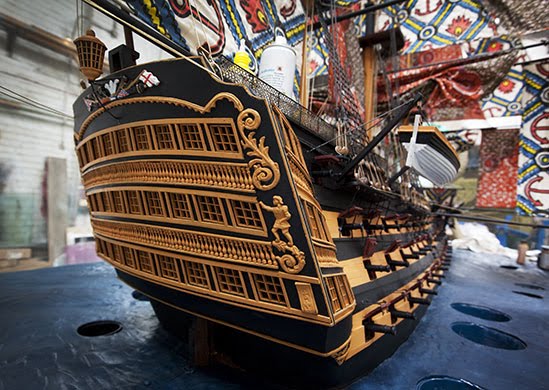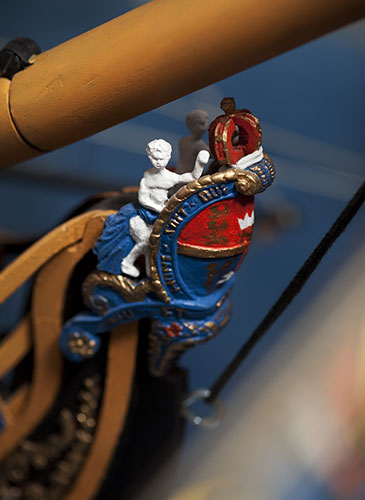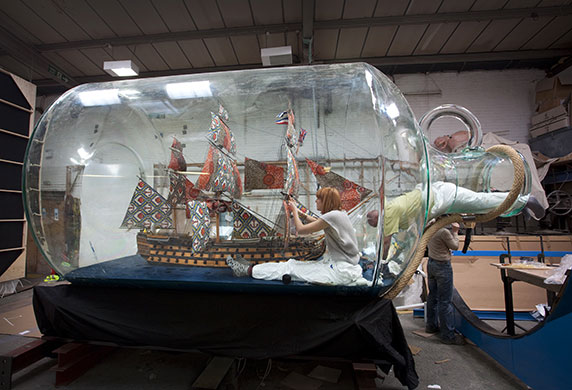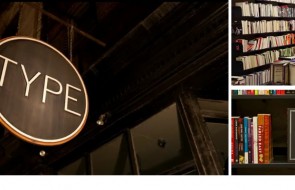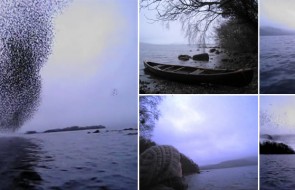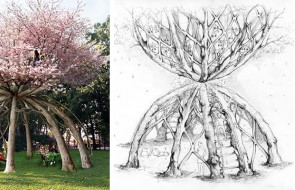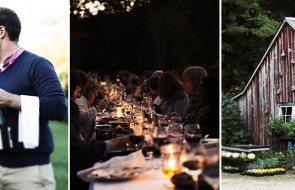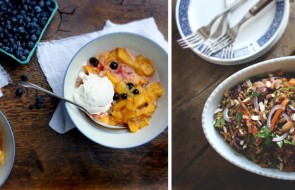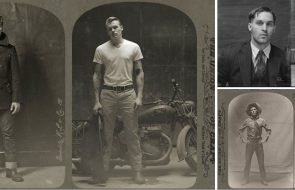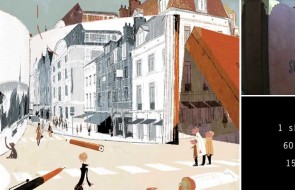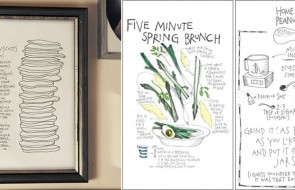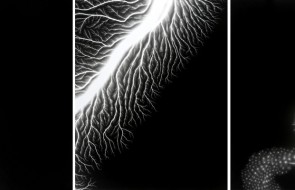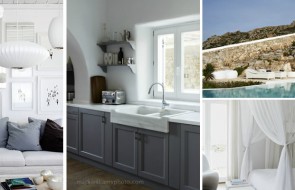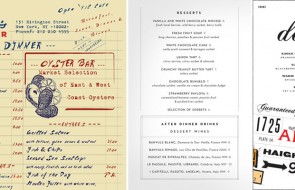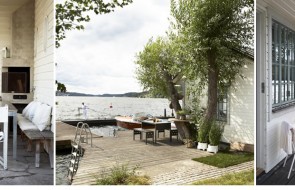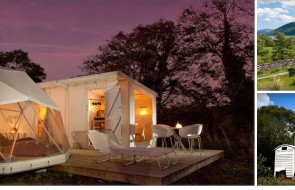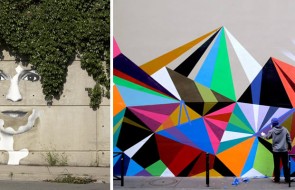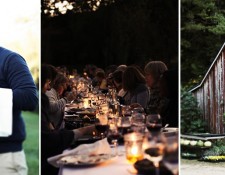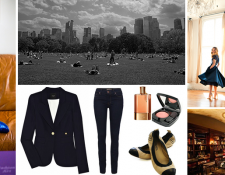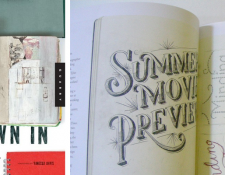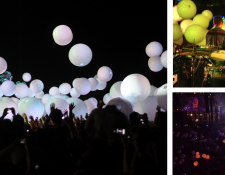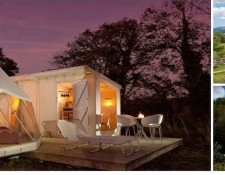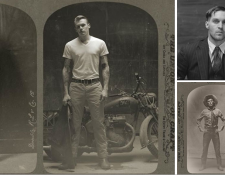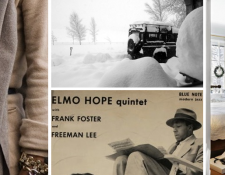Posted by Eliza Coleman on July 29, 2010 · Leave a Comment
The MAK Center’s project “How Many Billboards, Art in Stead” asked 21 contemporary artists to each produce a billboard to be placed around Los Angeles, giving residents a break from the generally un-stimulating clutter crowding their cityscapes.
Wouldn’t it be cool if, for some amount of time per year, billboard owners were required to give a portion of their billboards over to art instituations for projects like this, the same way tv networks have to allow ad space for PSAs? And every once in a while you would glance at a billboard and see art instead of an ad?
Read more about the project (which is sadly over) in
this NYT article.
Posted by Eliza Coleman on July 26, 2010 · Leave a Comment
Tim Fishlock created this chandelier out of 1243 suspended incandescent light bulbs as a memorial to the light source that has served us, nearly unchanged, since its creation 130 years ago.
By 2011, all forms of incandescent light in the UK (where Fishlock lives) will have been phased out in the name of greenness.
(As you probably guessed by the lack of wires, not all 1243 bulbs are functional– there is only one actual light source at the very center.)
I’m all for greenness, but I’ve got to say, I’m feeling a little nostalgic already for the incandescent bulb. Or at least, I wish they’d go ahead and figure out a way to make CFL light (and their bulbs) prettier. Will they ever be able to make a CFL bulb that looks like an old Edison filament bulb, like the below?
Posted by Eliza Coleman on June 7, 2010 · Leave a Comment
I was stopped in my tracks by Kate MccGwire’s pieces constructed out of pigeon feathers. You might have noticed by now that I especially love installation art and art made out of bizarre mediums, so MccGwire’s work definitely fits the bill.
I just love seeing materials reimagined. When it’s done well, it makes you immeditately realize how different the mind of the artist is… for example, I would never in a million years have looked at a pigeon feather and imagined something so beautiful and nuanced. But in the hands of MccGwire, something so basic and mundane is transformed and we suddenly see it through a completely different lens.
The beauty of art like this is a great example of Kant’s idea that universal beauty is found in things that appear to have purpose, but not one that we can actually perceive. In other words, it seems like it should have a purpose, but we can’t tell what that purpose would be, and thus we don’t desire to consume or possess it, we simply derive pleasure from experiencing it.
MccGwire’s organic forms seem independent, like they have a life of their own, a goal, a purpose, but we can’t tell what it would be.
The “cage” element is pretty brilliant. It totally changes how you view the piece. In the one above, the mass of feathers looks like its writhing like a python, quickly growing too large for its cage, and it seems to say something about keeping birds in cages. …Or maybe about what kinds of birds we keep in cages and our narrow view of what’s beautiful– pigeons ordinarily wouldn’t be valued enough to be kept, but with the feathers reimagined by MccGwire, the form is beautiful enough to be put on a pedestal– or in a cage– to be possessed.
In the one below, the glass cloche makes the “bird” seem like it’s a taxidermied specimen, neatly preserved under glass for all time, and the white feathers, compared to the irridescent grey ones, seem so much more still and even peaceful, adding to the RIP connotations of the piece.
More of Kate MccGwire’s work at her website here.
Posted by Eliza Coleman on June 3, 2010 · Leave a Comment
Trafalgar Square’s Fourth Plinth, one of Britain’s most popular contemporary art display spaces, just received a new installation– the largest ship in a bottle ever made.
Though it may look kitschy due to the fact that, well, it’s a ship in a bottle, the ship itself is actually a fully to-scale (1/30) model of Nelson’s ship Victory, which is the ship Nelson died on in the battle of Trafalgar. So perhaps it is equal parts monument and kitsch– a fitting combination for a contemporary art piece.
Click through for the rest of the post and more images…
The opening of the bottle was large enough for artist Shinka Yonibare’s studio assistants to climb inside to work on it…
Details of the original are faithfully replicated, from the paint colors to the 80 cannons, to the 37 sails, with 31 of the 37 sails set, just as they were on the day of the battle.
Even the same materials are used– oak, rope, brass, canvas, etc. The only area in which the artist, who is British-Nigerian, has taken liberty are the sails, which he has printed with African batik patterns– a tactic he regularly engages in his art to subvert Western icons.
See the full article in the Guardian
here.
« Previous Page


